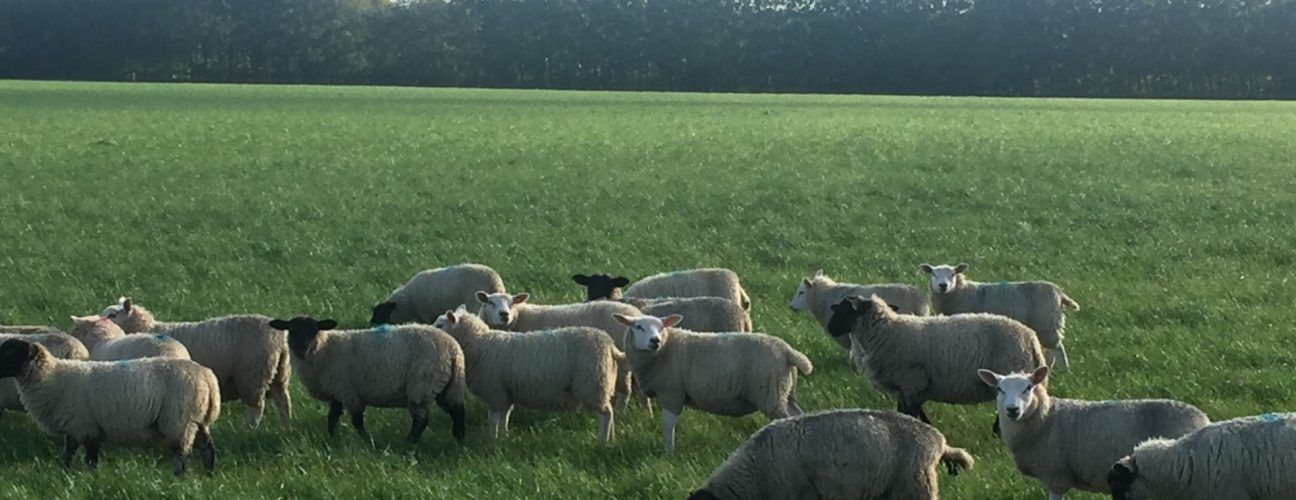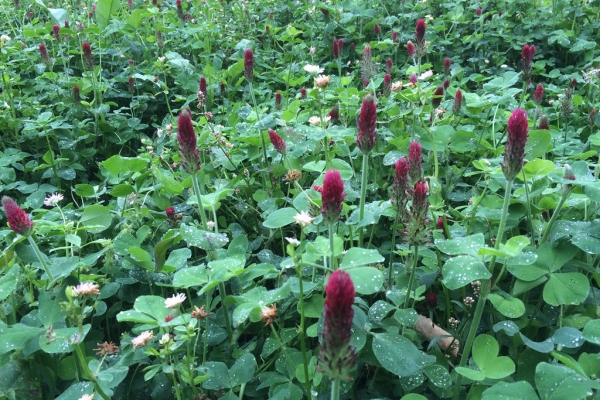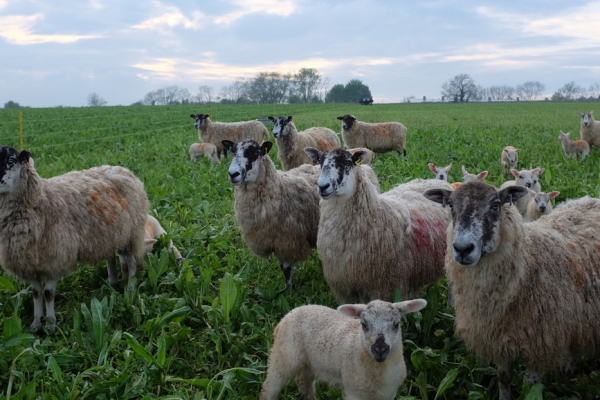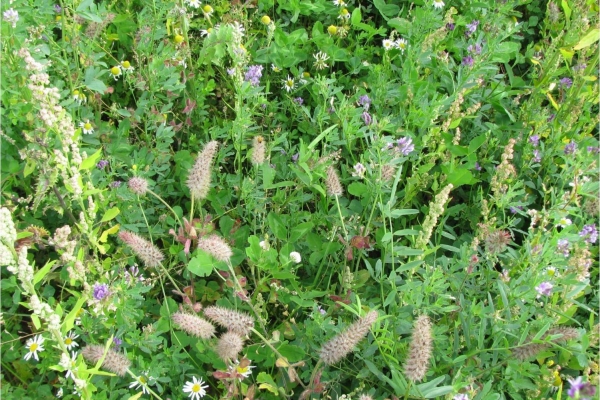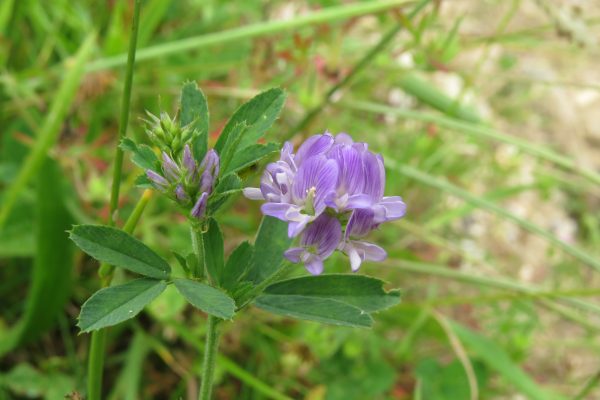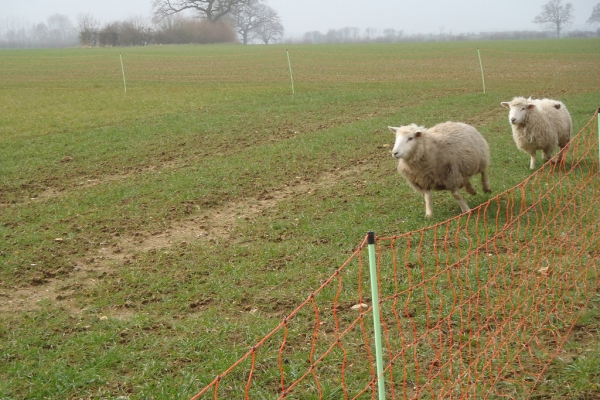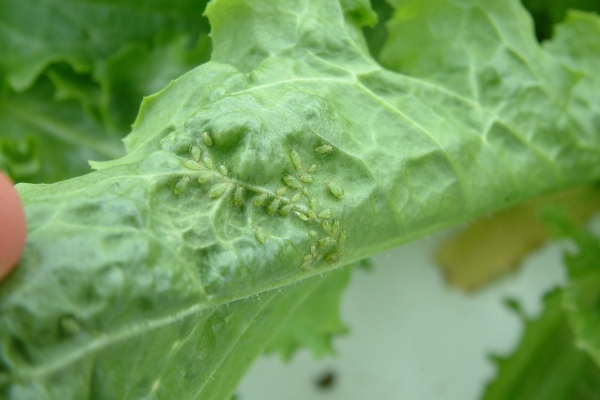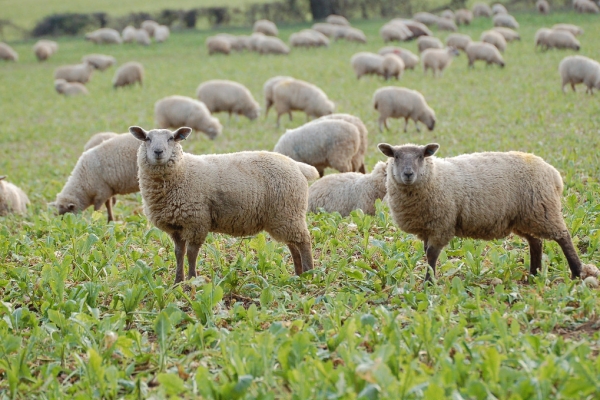Back to the future: exploring the benefits of mixed farming
I believe reintegrating leys and livestock into arable rotations can play a key role in the transition to more sustainable and resilient farming systems. I am inspired by farmers making this work in different ways and seeing benefits for weed control, soil fertility, animal health and functional biodiversity. Moving from chemistry to biology.
There is growing interest in the farming community and these ideas have also been echoed by the Secretary of State Michael Gove and his team at the Oxford Conferences and Agricology Field Day. Looking back to how our Grandparents were farming whilst looking forward with new knowledge about soil biology, weed ecology and the role of diversity in cropping systems.
This month’s featured farmer, Jake Freestone of Overbury Farms is a great example of what is possible. Bringing sheep back onto the farm to graze leys and cover crops plays a function in weed control and cycling nutrients in the no-till system. Jake is also using companion crops and undersowing leys and cover crops which have reduced his pesticide use and provide a continuous cover to protect the soil.
Back at home on Ferry Farm, like many of our neighbours in the Cambridgeshire Fens, we were facing a barrage of challenges – herbicide resistant black-grass, increasing dependency on inputs, and declining soil health. We realised the solution to these problems was not in a bottle – we had to change the whole system of farming. For the last 4 years we have been working with a local dairy farmer to bring grass/clover leys back into the rotation and to graze permament pasture on the Nene Washes. Cut for silage, we then get manure and digestate back. Cutting means we can take off the blackgrass heads before they seed and leaving the soil uncultivated for a few years prevents us bringing viable seed back to the surface. The roots of the grasses and N fixation of the legumes is also revitalising the soils. We have seen noticable improvements in soil structure and earthworms and also have reduced inputs of fertiliser and pesticides. The soil feels alive again!
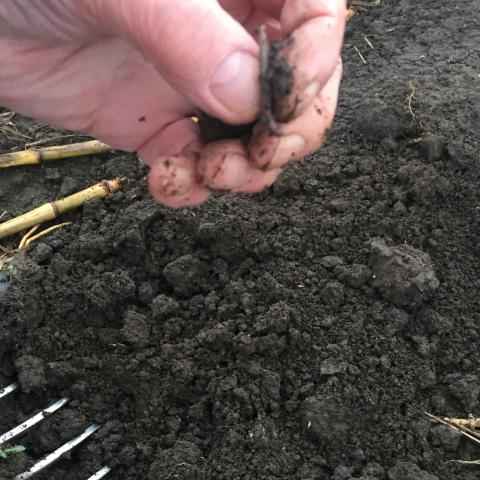
Visual assessment of soils at Ferry Farm have shown an increase in earthworms and improvement in soil structure
This winter we were delighted to have sheep come over for a little holiday – we hope that their grazing will not only help with forage quality but also contribute to black-grass control and cycling of nutrients. Our system is by no means perfect, I am keen to get more diversity in the leys and it would be great to one day have cattle back on the land too, but is part of the process of moving towards a lower input, more agroecological system. It is great to be working with other farmers to make this happen and making sure that we also meet their needs for forage quality and consistency is key.
There is clearly a growing interest in the farming community of the potential of ley periods in the rotation, whether cut, grazed or stockless. Different farmers are doing this in different ways and we got to hear from / about some of them at the Agricology Field Day at Daylesford on 3rd January. See our videos page for all the videos from the day!
It was clear that one of the key motivations for all farmers was to improve soil health. Richard Gantlett who farms near Averbury in Wiltshire explained the role his highly diverse leys (over 30 species!) play in providing food for soil life, bringing up nutrients from deeper in the profile, and building soil carbon.
Lizzie Sagoo, a soil scientist from ADAS explained results of research on the impact of leys on soil health and different methods you can use on your own farm to monitor the soil. You can find some here on Agricology – have a look at Soil assessment methods, Visual Evaluation of Soil Structure, and Healthy Grassland Soils pocketbook as a start…
It was also clear that all of the farmers had experienced benefits of having more diverse seed mixtures. Although initially the price can be off-putting – farmer experiences suggest that this will pay for itself in other elements of the system – such as soil and animal health.
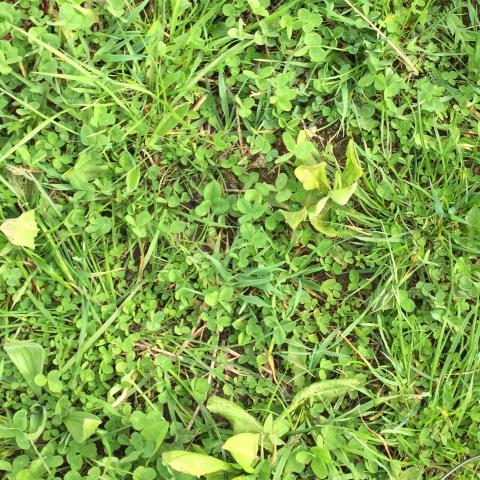
Diverse leys at Yatesbury House Farm are host to over 30 different species / varieties of grasses, legumes and herbs
Tom Willoughby is part of the Innovative Farmers group on diverse leys. He shared results of his experiments with different species mixtures and demonstrated that they work financially. Moreover many of these mixtures also provide better quality habitat for farm wildlife and beneficial insects, a topic covered in new resources from WildCru which you can read about and access via this blog.
Bringing back your own livestock is not for everyone – and others explained how they are making this happen through collaboration. Sophie Alexander is an arable farmer in Dorset who works with a dairy farmer to grow diverse leys and grazes sheep overwinter on undersown cover crops. No biomass is taken off farm, forage is consumed and manure returned directly back into the system. Feeding dairy cows in winter highlights opportunities for dairy farmer collaboration with neighbouring arable farmers.

Bringing FYM back onto farm as a result of collaborations is one of the many benefits
These collaborations also work for the livestock farmers – Nicola Smith from Noble Farming and the National Sheep Association (NSA) discussed the benefit for livestock health – grazing her Romney and Lleyn sheep onto cover crops and stubble turnips as she can be confident there is no parasite burden. If you would like to learn more about the benefits of integrating sheep into arable rotations – take a look at this report from the NSA. Or have a look at Richard Smith’s vlog this month which touches on growing & feeding fertility-building leguminous crops such as sainfoin & red clover to sheep. Richard also extoles the virtues of sainfoin in a recent Farmerama podcast.
Ian Boyd, a member of the Pasture Fed Livestock Association, also explained the benefits of herbal leys can have in relation to animal health and flavour and quality of meat which means that he is able to sell meat at a premium. If you want to learn more about how herbal leys can benefits your farm and get some guidance on sowing and growing, the Cotswold Seeds resource ‘The Herbal Ley Farming System’ provides a brilliant summary.
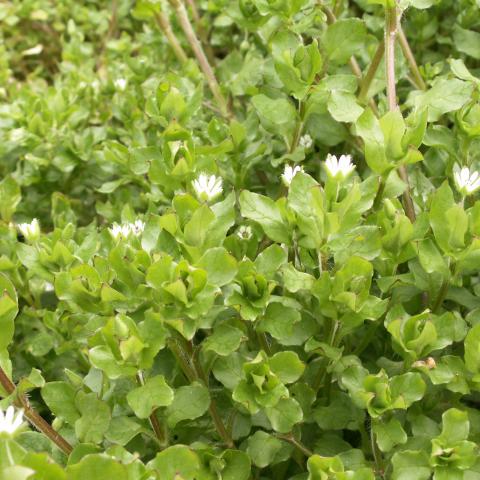
In regards to weed management – managing black-grass is clearly a major driver for many farmers. Sophie Alexander had noted that the sheep had been very good at grazing low and managing weeds, however compaction from cattle over winter had in some cases led to increased charlock burden. One troublesome weed in low input and organic grassland is chickweed – find out how to manage it without chemicals in these resources…’Chickweed’ and ‘Common chickweed’ (as pictured above) – this is the first in our new feature ‘challenge of the month’
Laura Crook from Rothamsted Research also shared research showing the benefits of leaving leys for longer – as for every year a black-grass seed is left buried below the surface, there is a significant reduction in viable seed. You can read more about black-grass control in this leaflet here.
Overall it is clear that although there are challenges to getting livestock back onto arable farms , through innovative solutions, collaborations and new markets we can reap the benefits of mixed farming to make our systems fit for the future.
The Agricology community is all about you lot out there trying things in the field.
Don’t be shy – Share your experiences, opinions or questions in the brand new comments section below ! We would love to hear from you!
Photo credits: Common chickweed – Garden Organic. All others: Katie Bliss
